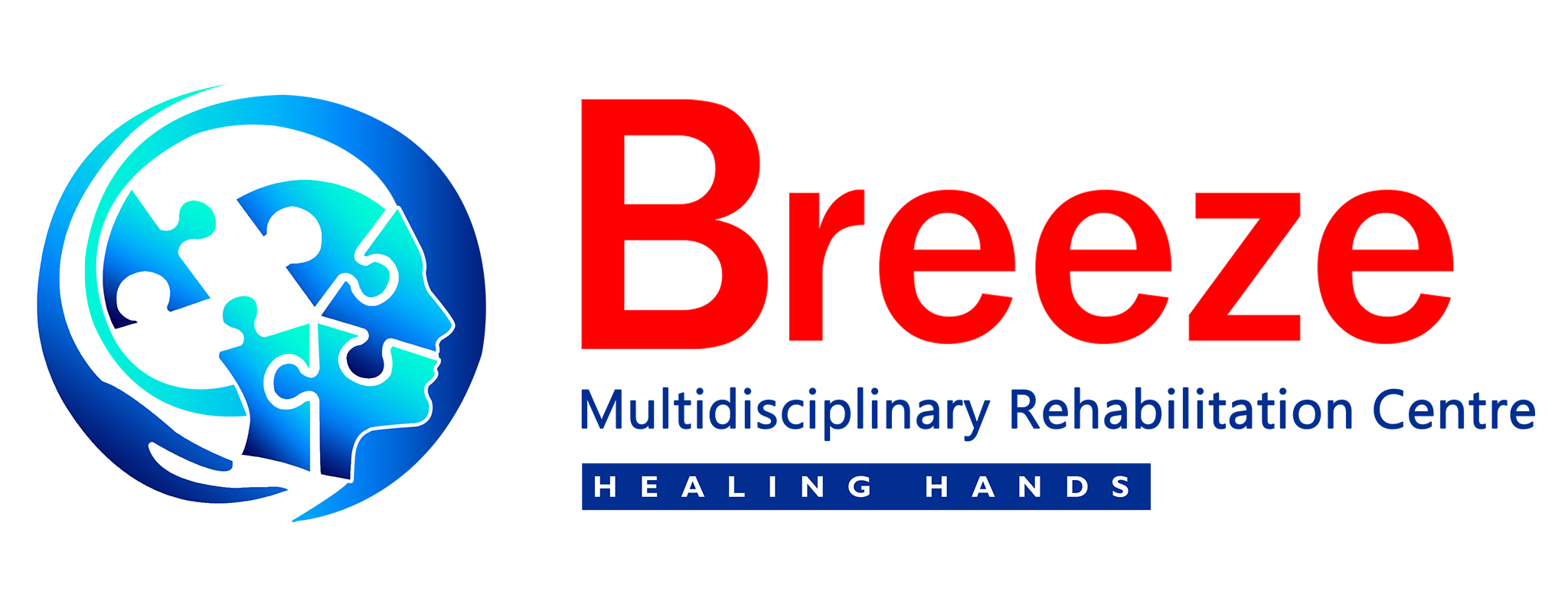
Traumatic Brain Injury
A Traumatic Brain Injury (TBI) is defined as an alteration in brain function , or other evidence of brain pathology, caused bye am external force.
The TBI population is one of the most challenging because of the multiple body systems affected by a brain injury and the string likelihood of secondary impairments.
Communication and interpersonal skills, We able to react quickly and effectively to suddenly changing situations, and have keen observation skills. These factors and others can make working with this population challenging and exhausting both emotionally and physically.
1) Primary injury
2) Best injury
3) Secondary injury
Primary Injury:
Primary TBI results from either brain tissue coming into contact with an object.(e.g. bony skulls or external object such as a bullet or sharp instrument creating a penetrating injury (or) rapid acceleration/ Deceleration of the brain.
Blast Injury:
Blast injury is considered a signature of the U.S. military conflicts in the Middle East.
When an explosive device detonated a transient shock wave I’d produced , which can cause brain damage.
Primary blast injury results from the direct effect of blast over pressure an organs in this case the brain.
Secondary injury results from shrapnel and other objects being hurled at the individual and tertiary injury occurs when the victim is flung backward and strikes on objects.
Secondary Injury:
Secondary cell death occurs as a result of a chain of cellular events that follow tissue damage in addition to the secondary effects of hypoxia, hypertension, ischemia edema,and elevated ICP.
Hypoxic _ischemic injury results from a lack of exygenated blood flow to the brain tissue. It can be caused by systemic hypotension, anoxia, or damage to specific vascular terriories of the brain.

